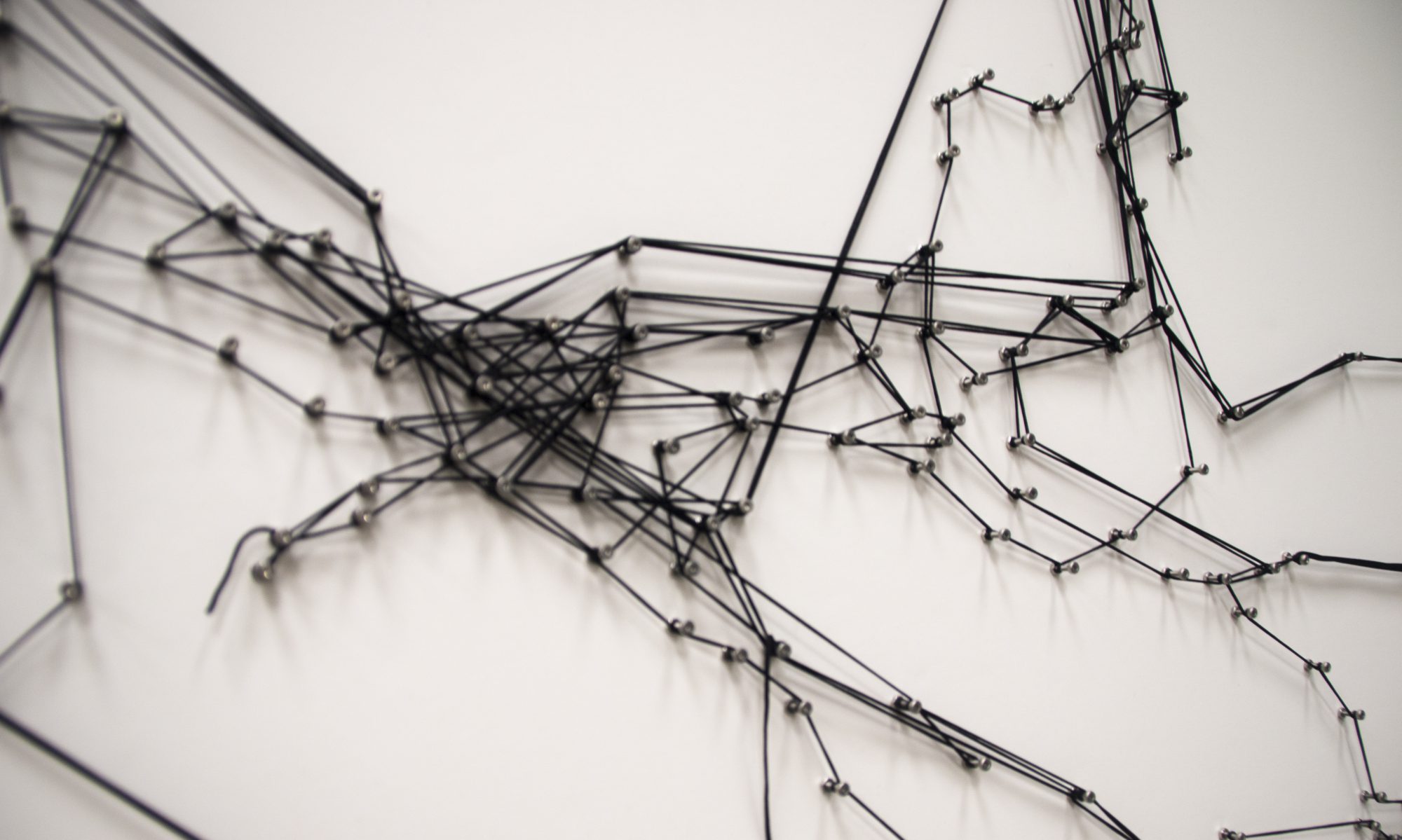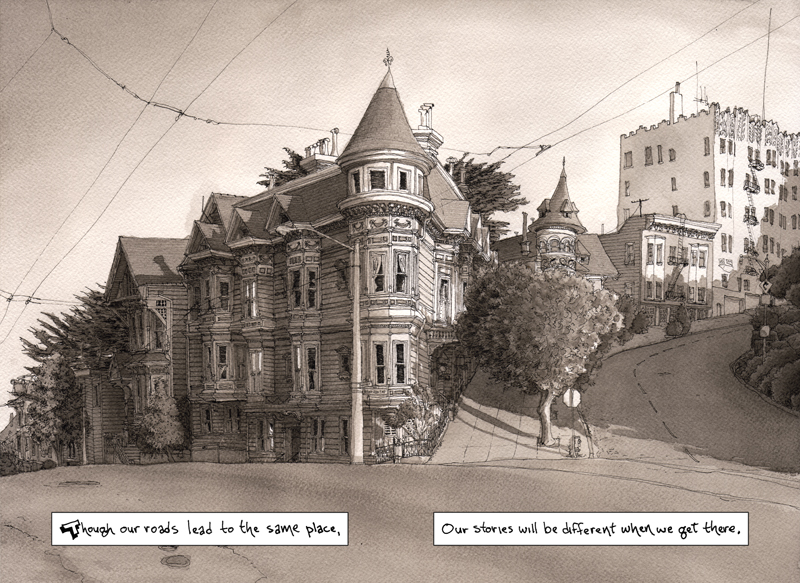ARTISTIC REFERENCES
Jonas Mekas
One of the best ways to record the essence of a space is through videography and while video diaries are a commonplace occurrence today, the genre started with Jonas Mekas’ Walden (1969). Walden is an epic portrait of the avant-garde art scene in New York in the 60s. While the name of the film itself suggests that Henry David Thoreau’s Walden inspires it, it is a twist on Thoreau’s idea of isolating himself from his surroundings in order to reflect. Mekas shows through Walden, contemporary rumination by recording his everyday life and thoughts about his home away from home i.e. New York City.
One sees scenes from everyday New York juxtaposed with ambient sounds of the subway giving it a sense of time and place. On some level the viewer sees the city through an insider’s perspective as Mekas records his daily life through the interactions he has with the people in the art community in New York. It is therefore a time capsule that not only documents the art scene but also gives it context. However, since Mekas is not originally from New York, one also experiences Mekas’ sense of detachment from the city through his commentary. The manner in which Mekas shows everyday life is very raw and untouched – thereby letting spaces exude their natural character while still adding a personal meaning to the space through the intertitles.
Chantal Akerman
Chantal Akerman is a Belgian film director who lived in New York City for a few years and during this time she directed a film called News From Home. This film consists of long takes of locations in New York City, over laid with Akerman’s voice-over as she reads letters her mother sent her from Belgium between 1971 and 1973, when she lived in the city.
Exploring concepts of displacement and longing, the film gives an idea of the physical space of living (New York) but juxtaposes it with a voice over that gives away the feelings of nostalgia and pain that come from displacement from one’s homeland (Belgium). It traces Akerman’s routes as she explores and documents the spaces that she lives in and contrasts them with the emotions that her homeland evokes.
This piece is directed from the perspective of a flâneur i.e. someone who saunters around observing society. This flâneur’s perspective is evident, as Akerman does not show a protagonist in the piece even though it is so intensely personal and narrative in nature. Instead she lets the spaces converse with the audience while adding another layer of meaning to them with the voice over. The audience also feels almost like a flâneur as they stare into the space and observe it from a distance. Creating an eerie sense of time that transcends the space and makes it a canvas for rumination.

This manner in which Akerman depicts spaces while adding meaning onto them through voiceover is something that inspires this project. The video is treated in a way so that it leaves room for interpretation by the audience, which makes it even more powerful along with the voice over.
Janet Cardiff & George Bures Miller
Janet Cardiff is a walking artist who creates site-specific artwork that involves audio guides, portable CD players and video cameras to create an immersive experience that literally guides the audience so that they may retrace Cardiff’s path. These art works involve Cardiff using her voice through a media device to tell the viewer which way to go and what to notice. At the same time she includes remarkable ambient sounds that help give a sense of time and space. One of her most interesting works is the Alter Bahnhof Video Walk [] done for dOCUMENTA 2013.
In this video walk Cardiff and Miller give the viewer an iPod and headphones and then direct them to different locations in an old train station in Kassel, Germany. It is at these locations where a different universe opens up where reality and fiction merge in an eerie and disturbing manner. As the participants watch the video of these locations on a small screen, they connect deeply with the unfolding of events because they are in the same location as the video. Thus the ideas of the past and the present merge into a surreal narrative that plays both on memory and current events. In this manner Cardiff and Miller manage to narrate a story that is site specific and unique while connecting the dots through time.

Paul Madonna
Paul Madonna is an illustrator who pushes graphic fiction way beyond its boundaries. He captures snapshots in time through his exploration of the relationship between image and text in the work, Everything Is Its Own Reward. Madonna’s illustrations depict urban landscapes from the busy city of San Francisco. It is fascinating to see that he doesn’t depict any human beings in his illustrations – this makes the entire landscape look very different. It is almost as if he presents the space from the viewpoint of a flâneur or someone who observes the cityscape from a distance.
The buildings in this work seem to talk to each other. His is a manner of story telling through poetry and images that makes the interpretation of these narratives unique to every viewer as we all relate to spaces at a very personal level. The images seem to be caught in time, as if they were snapshots in urban memory. This is a very poignant way of capturing landscape. The project appeals to human emotions even though Madonna doesn’t depict any humans in the piece.






